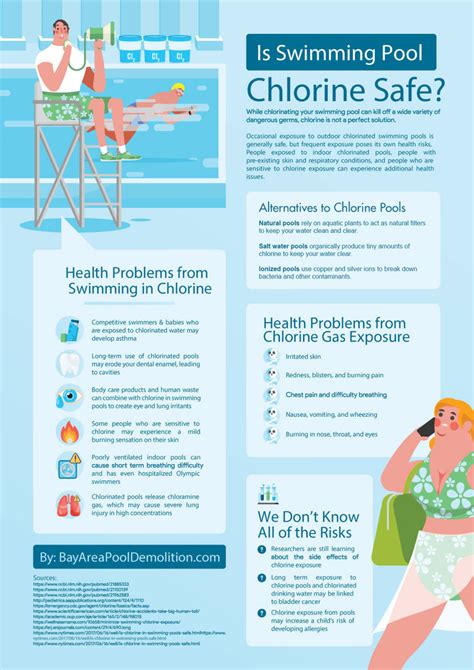Safe Swimming: The Chlorine Waiting Game – Ensuring Pool Water Safety
Summer's here, and the inviting splash of a cool pool beckons. But before you cannonball into refreshing waters, there's a crucial step often overlooked: the chlorine waiting game. This isn't about patiently waiting for your turn on the diving board; it's about understanding how chlorine works and ensuring the water is truly safe for swimming. Improperly treated pool water can lead to serious health issues, so understanding the "waiting game" is vital for a safe and enjoyable swim.
What is the Chlorine Waiting Game?
The "chlorine waiting game" refers to the time needed for chlorine to effectively sanitize the pool water after it's been added. Simply adding chlorine isn't enough; it needs time to react with contaminants like bacteria, viruses, and algae. This reaction, known as disinfection, isn't instantaneous. The waiting period ensures that the chlorine has sufficient contact time to eliminate these harmful microorganisms, making the water safe for swimming.
How Long Should You Wait After Adding Chlorine?
There's no one-size-fits-all answer to this. Several factors influence the necessary waiting time:
- Chlorine type: Different chlorine forms (e.g., granules, tablets, liquid) have varying dissolution rates. Granular chlorine generally dissolves faster than tablets.
- Pool size and circulation: Larger pools with less efficient circulation systems require longer waiting times.
- Contaminant levels: Heavily contaminated water needs more time to sanitize thoroughly.
- Water temperature: Warmer water generally facilitates faster chlorine reactions.
As a general guideline, it's best to wait at least 30 minutes to an hour after adding chlorine before swimming. However, it's always advisable to follow the specific instructions provided by your pool's chlorine manufacturer and consult with a pool professional for personalized recommendations.
What Happens if You Swim Too Soon After Adding Chlorine?
Swimming immediately after adding chlorine can expose you to several potential risks:
- Skin irritation: High concentrations of free chlorine can irritate the skin, causing redness, itching, and burning.
- Eye irritation: Chlorine is a harsh chemical that can severely irritate the eyes, leading to redness, burning, and even temporary vision impairment.
- Respiratory problems: Inhaling chlorine fumes, especially at high concentrations, can cause coughing, wheezing, and difficulty breathing, particularly in individuals with asthma or other respiratory conditions.
How to Test Your Pool Water for Proper Chlorine Levels?
Regular water testing is essential for ensuring safe swimming. You can use a test strip or a digital water testing kit to measure chlorine levels. These tests will indicate whether the chlorine level is within the safe range, generally between 1 and 4 parts per million (ppm). If the levels are too high or too low, you'll need to adjust accordingly.
Testing your pool water regularly answers the question: "How do I know if my pool is safe to swim in?"
What Other Chemicals are Important for Pool Water Safety?
Chlorine is the primary sanitizer, but other chemicals play crucial roles in maintaining safe and healthy pool water:
- pH level: Maintaining the proper pH balance is crucial for chlorine effectiveness and swimmer comfort.
- Algaecides: These prevent algae growth, contributing to overall water cleanliness.
- Clarifiers: These help remove cloudy particles from the water.
Regular testing and appropriate chemical adjustments, guided by professional advice if needed, ensure balanced pool chemistry.
Maintaining Proper Pool Hygiene
Beyond chlorine, maintaining overall pool hygiene is essential:
- Regular cleaning: Brush the pool walls and floor to remove debris.
- Skimmer and pump maintenance: Ensure these systems are functioning correctly to filter out contaminants.
- Proper draining and refilling: Periodically draining and refilling the pool helps remove accumulated contaminants and chemicals.
By following these guidelines, you can confidently enjoy the refreshing coolness of your pool while prioritizing safety. Remember, the chlorine waiting game is a small price to pay for a safe and enjoyable swimming experience.

